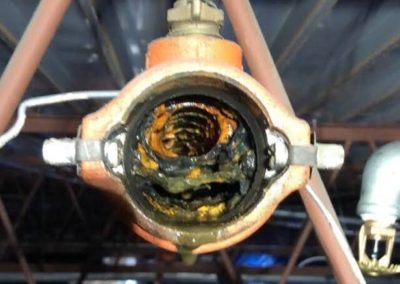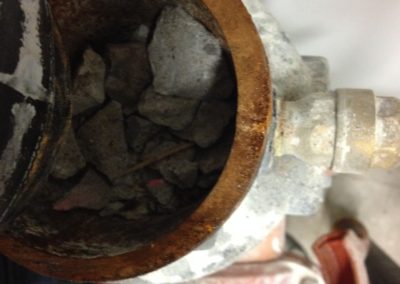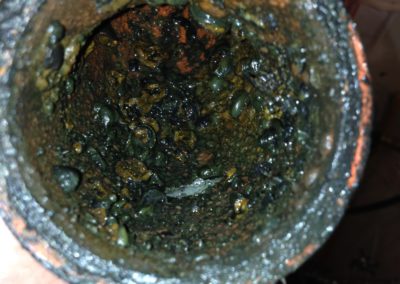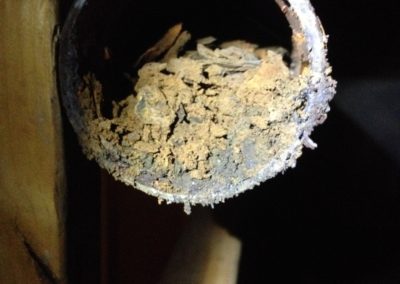Obstruction Investigations
Protect your property with a full Obstruction Investigation of your sprinkler systems.
Sprinkler systems are the most effective way to prevent major property loss due to a fire. When designed properly, they are able to control the fire long enough for manual intervention by the fire department. However, sprinkler systems will only be effective if water is able to reach the open sprinkler heads that have activated due to a fire. If there are obstructions that are large enough to inhibit water from reaching the open sprinkler head, they will be unable to contain the fire from spreading and growing.
Every 5 years, sprinkler systems should be internally inspected to assess the internal condition of the sprinkler piping. When significant foreign organic or nonorganic material is found to obstruct pipes or sprinklers, then an Obstruction Investigation should be conducted.
According to the National Fire Protection Association (NFPA) 25 code book, Standard for Inspection, Testing, and Maintenance of Water-based Fire Protection Systems, an obstruction investigation shall be conducted for system piping wherever any of the following conditions exist:
- Defective intake for fire pumps taking suction from open bodies of water
- The discharge of obstructive material during routine water tests
- Foreign materials in fire pumps, in dry pipe valves, or in check valves
- Foreign material in water during drain tests or plugging of inspector’s test connection(s)
- Unknown material are heard in the system piping during draining, refilling, or otherwise flowing water through the system
- Plugged sprinklers
- The presence of sufficient foreign organic or inorganic material is found in the pipe
- Failure to flush yard piping or surrounding public mains following new installations or repairs
- A record of broken public mains in the vicinity
- Abnormally frequent false tripping of a dry pipe valve(s)
- A system that is returned to service after an extended shutdown (greater than 1 year)
- There is a reason to believe that the sprinkler contains sodium silicate or highly corrosive fluxes in copper systems
- A system has been supplied with raw water via the fire department connection
- Pinhole leaks
- A 50 percent increase in the time it takes water to travel to the inspector’s test connection from the inspector’s test connection from the time the valve trips during a full flow trip test of a dry pipe sprinkler system when compared to the original system acceptance test
Source: NFPA 25: Standard for Inspection, Testing, & Maintenance of Water-based Fire Protection Systems (2017), Chapter 14.3.1.




